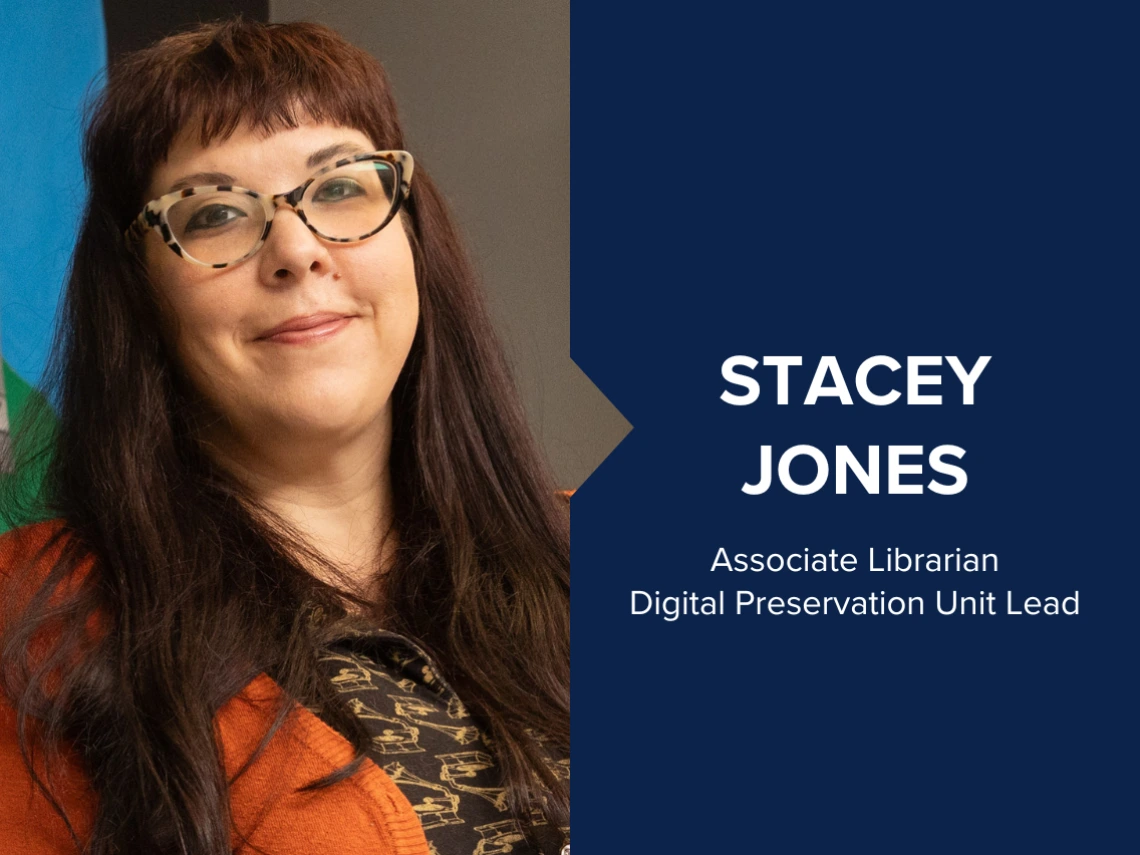Four-year Institute of Museum and Library Sciences grant project wraps up

For the past four years Collection Services Associate Librarian / Digital Preservation Unit Lead Stacey Jones has managed a nearly $250,000 grant from the Institute of Museum and Library Services (IMLS). The grant funded the Digital POWRR Peer Assessment Program, a multi-year initiative focused on building digital preservation capacity at under-resourced institutions through peer-based training and assessment.
The project wrapped up this September, and final deliverables were published in the University of Arizona Campus Repository, which shares, archives, and preserves unique digital materials from faculty, staff, students, and affiliated contributors.
Grant presentations
In June, Jones led a panel of program participants at the Best Practices Exchange conference in Columbia, South Carolina, and on Oct. 9, she presented the grant’s outputs at the National Digital Stewardship Alliance conference. She will also be presenting at the upcoming International Conference on Digital Preservation (iPRES) during the week of Nov. 3-7.
White paper
Beyond the Checklist: Healing, Connection, and Capacity-Building Through Digital Preservation Peer Assessment offers a detailed look at program design, participant outcomes, and key recommendations for funders, administrators, and future implementers. The paper also introduces a new assessment framework: Navigating Uncertainty: A Human-Centered Assessment Compass for Digital Preservation Practitioners, which emphasizes emotional resilience, relational dynamics, and the everyday realities that shape digital stewardship work.
Case studies
Digital POWRR Peer Assessment Program Participant Case Studies features 25 case studies written by program participants, reflecting a wide range of institutional contexts, challenges, and digital stewardship journeys. The case studies document how participants applied assessment tools, navigated local constraints, set achievable goals, and began implementing practical digital preservation strategies that offered candid, grounded insights from libraries, archives, museums, and community organizations of all sizes.
